Yoga child’s pose, also known as Balansana, is a common stance of novice yogis to take a rest between some difficult postures. It will stretch the hips, thighs, and ankles to put the mind and body in a relaxable status.
So, you can gain many benefits from such a simple pose if you can perform it properly. How to do child’s pose stretch? Let’s scroll down this article for its benefits and step-by-step instructions.
How To Do Child’s Pose: A Detailed Guide
Before starting the exercise, you need to prepare a soft mat for a padded surface to avoid putting too much pressure on your joints or limbs.
Follow this step-by-step guide to performing the child’s pose.
Step 1: Relax On Your Knees
Start the position by kneeling on your yoga mat and resting your bottom against your heels.
Put your palms on your thighs and close the distance between your knees. Slowly inhale, exhale, and simultaneously relax your shoulder.
Step 2: Lean Your Torso Forward
Exhale and gradually lean forward until your upper body touches your thighs. Lengthen your arms out in front of you with the palms lying down on the mat.
Connect your toes together but leave enough space between your knees to lie on it.
Step 3: Reposition Your Forehead
Put your forehead on the yoga mat and relax your entire body. If you find it too difficult to perform or experience discomfort in your head and neck, you can support your head by placing a prop such as a block or a pillow.
Repositioning your hand right under your forehead is also an ideal option.
Step 4: Relax Your Entire Body
Allow your entire body to relax completely. Close your eyes and be mindful of the slightest commotion of your body. You need to remember to control your breaths, similar to meditation.
Benefits Of Child’s Pose
Child yoga pose offers a few benefits, which enhance the performance of both the body and the mind. Here are some specific advantages it gives yogis:
- Muscle stretching: This stance gently extends the muscles in your spine, thighs, hips, and ankles.
- Deep relaxation: Balasana works as a breathing exercise and a meditative practice to relax the mind. Calm you down and reduce anxiety.
- Stimulate digestion system: The light compression in the stomach area can stimulate your digestion system.
- Release tension: This posture can help relieve the pressure on your pelvis and lower back areas. Other muscles, such as those on your chest and shoulder, also benefit from it.
Child’s Pose Variations
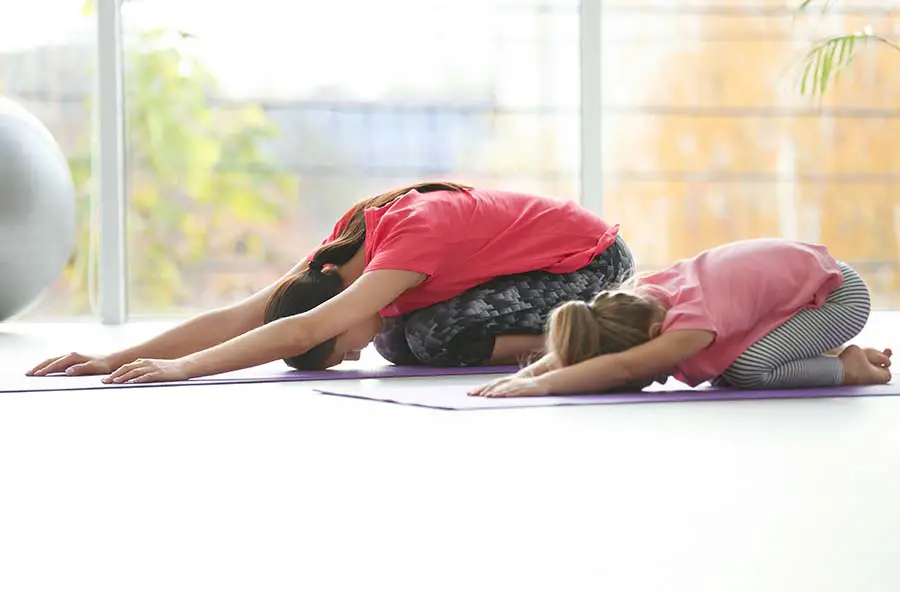
Beginner Modifications
It is recommended that novices separate their knees instead of keeping them together while performing the movement. Curling your toe is also a viable option for people who find it painful.
A passive pose where you let your arms relax behind you, next to the thighs with your hand facing upward, is also a solution for newbies.
Advanced Modifications
For advanced yoga practitioners, slowly spreading your knees apart while performing the yoga childs pose can substantially increase the level of difficulty while performing it.
Common Problems
Headache
Headache during the first initial phrase is not uncommon. Slowly engage your head and shoulders muscles, then lifting it to a higher position while putting no pressure on your neck is a solution.
Neck Position
Keep your neck in a neutral position to avoid injury. If your neck is in a crooked position, consider using a yoga block or another prop to keep the tension off it.
Exceptions
This stance is not suitable for people who are pregnant y or suffering from a knee injury. If you are in either of those cases, don’t force your stomach to be closer to your thigh, and letting your arms remain by your thighs will provide the best support for your body.
Conclusion
After this article, you have had an overall look at “what does child’s pose stretch”, its benefits, and how to do child’s pose properly. It also works as a form of meditation that helps you to make yourself calm.
However, keep in mind that although this stance is simple, you must follow the steps and tips to avoid unintended injury.
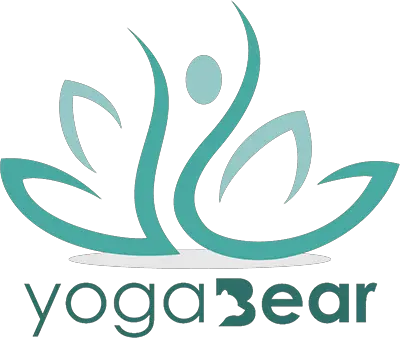
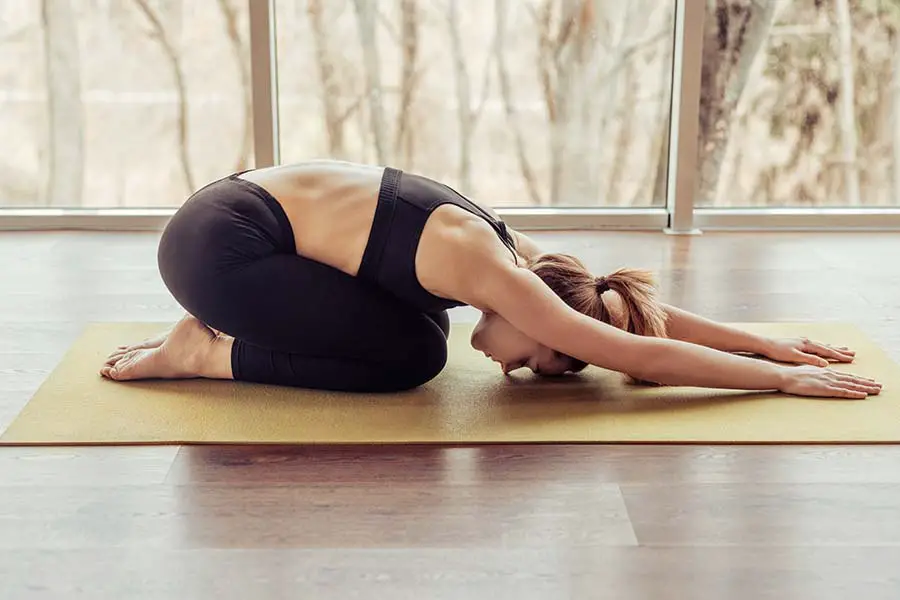
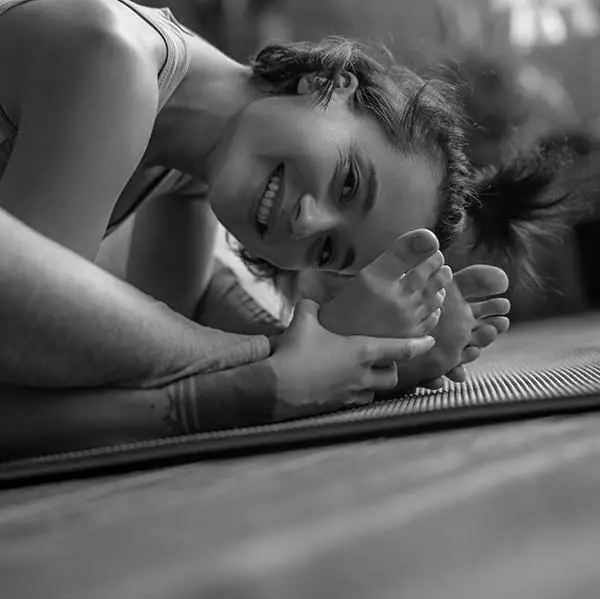
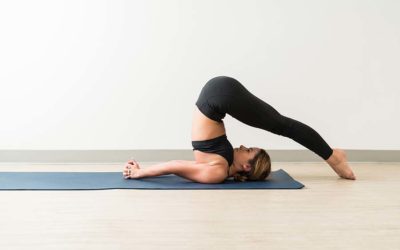
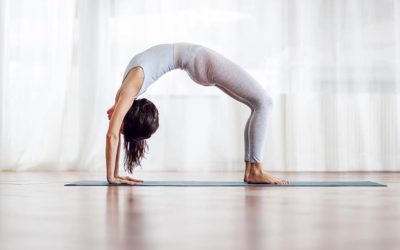
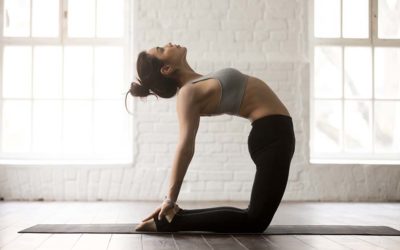
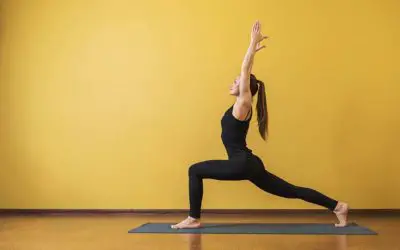
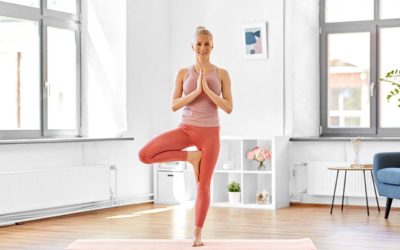
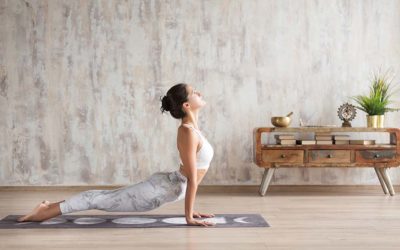
0 Comments